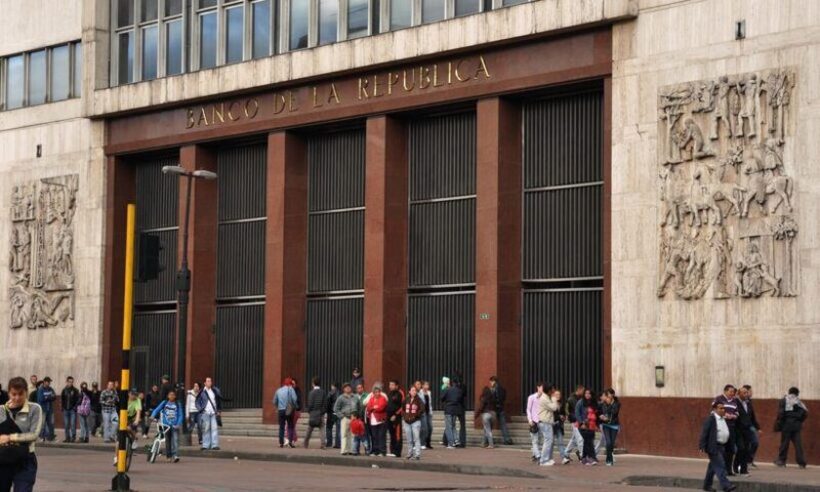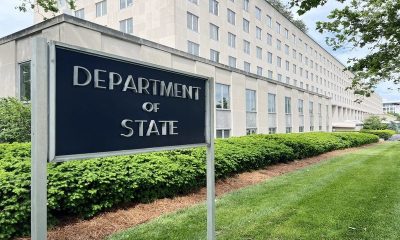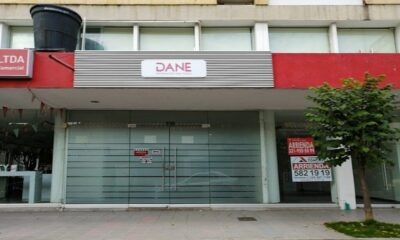Colombian Central Bank Holds Key Interest Rate at 9.25% for Fourth Consecutive Time
The Board of Directors of the Banco de la República (Banrep) opted to hold its benchmark interest rate steady at 9.25% for the fourth consecutive meeting, a decision that aligns with the majority consensus among financial analysts. The decision, announced at the close of September’s monetary policy session, was reached through a split vote, reflecting ongoing internal debate regarding the pace and timing of monetary easing within the board.
The voting pattern mirrored recent deliberations: four board members favored maintaining the rate, two voted for a 50 basis point (bp) reduction, and one member supported a 25 bp cut. This outcome reinforces the widely held expectation that the year-end policy rate will remain at 9.25%, suggesting that no further cuts are anticipated during the remainder of the calendar year.
Inflationary and Fiscal Headwinds
The Central Bank’s cautious stance is primarily driven by persistent upward pressures that continue to challenge inflation convergence toward the established target. Key factors influencing future decisions include the impact of the federally mandated increase in the minimum wage, which fuels cost-push inflation; rising inflation expectations across the market; and elevated levels of fiscal uncertainty.
The data used for this analysis was sourced from the Departamento Administrativo Nacional de Estadística (DANE) and the Central Bank itself, among other contributors, underscoring that annual headline inflation figures remain a critical metric in policy calibration.
IMF Flexible Credit Line Cancellation Raises Fiscal Vulnerability
Coincident with the monetary policy announcement, the Colombian government declared the cancellation of the Flexible Credit Line (FCL) arrangement with the International Monetary Fund (IMF). This action follows the IMF’s most recent Article IV consultation for Colombia, which acknowledged signs of stabilization within the national economy while simultaneously issuing warnings regarding potential fiscal risks.
The FCL, designed to serve as a preventative buffer against severe external shocks and market volatility, had been a crucial element of Colombia’s financial architecture. Its cancellation, although consistent with the perceived stabilization of the economy, carries notable fiscal implications. The removal of this backstop is expected to increase the country’s vulnerability to future episodes of market volatility or sudden capital outflows.
Banco de la Republica, the central bank of Colombia, in Bogotá. Photo credit: Banco de la Republica.




























